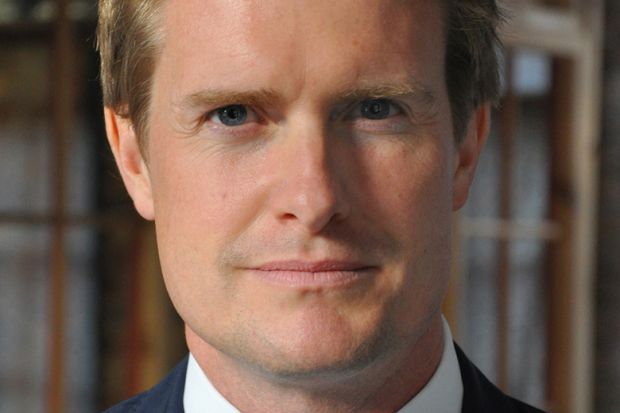Scientists must join artists and writers in speaking out against English school reforms that have triggered a “terrifying collapse in the teaching of creativity”, the director of the Victoria and Albert Museum has said.
In a debate with Sir Paul Nurse, director of the Francis Crick Institute, at Queen Mary University of London on 7 November, Tristram Hunt, who leads the specialist London design museum, called on scientists to add their weight to calls to scrap the English Baccalaureate system in which students are required to take five compulsory GCSEs – maths, science, English, geography or history and a languages. Many believe that the Ebacc is discouraging schools from offering creative subjects, such as art, design and drama.
While the Ebacc system, which began being phased into schools in 2010, would appear to push more students towards science subjects, science would not benefit in the long run if learners were not given the opportunity to be creative at school, said Dr Hunt.
“The campaign against some of the curriculum changes has been led by artists and designers, but if scientists and their institutions came out and said ‘narrowing the curriculum does no good for science’ that would be a really powerful message,” said Dr Hunt, a historian and former Labour shadow education secretary.
“Not leaving it to theatre producers, artists and authors would be a really powerful statement,” he added.
Dr Hunt cited last year’s 5 per cent drop in university applications to study creative arts and design, which resulted in 14,000 fewer applications for courses in these disciplines, as evidence of the impact of the Ebacc policy. Almost 10,000 fewer pupils sat a design and technology GCSE this year compared to 2017 – with just 117,605 sitting the subject in 2018, latest figures also show.
“Innate creative capacity is something we have to foster more than ever,” argued Dr Hunt. He added that “we are still ahead of robots in terms of ingenuity and imagination, but they are catching up.”
“I do not mind [politicians] ignoring cultural institutions – that is often to be welcomed – but the political decisions around school management have had devastating consequences,” he said.
The event, for BBC Radio 3’s Free Thinking programme – which was chaired by Times Higher Education columnist Shahidha Bari, senior lecturer in romanticism at Queen Mary – aimed to revisit the famous 1959 lecture “Two Cultures” by novelist and scientist CP Snow, which argued that there was not enough of a connection between science and the humanities.
Agreeing with Dr Hunt, Sir Paul, a Nobel prizewinning physicist, said that it was a “complete mistake” to force young people down a scientific path too early.
“We are selling our youth short by making them specialise so early – a good scientist has to be creative to discover the new,” Sir Paul said.
On the “two cultures” question, Mr Hunt also cited the history of the V&A, which began life in 1852 as the Museum of Manufactures but was later divided in the 19th century, with the Science Museum and V&A, which promotes decorative arts, occupying different sites on the same road in South Kensington.
“If you want a symbol of the 20th-century division, the splitting of [institutions on] Exhibition Road is a good example,” he said.




